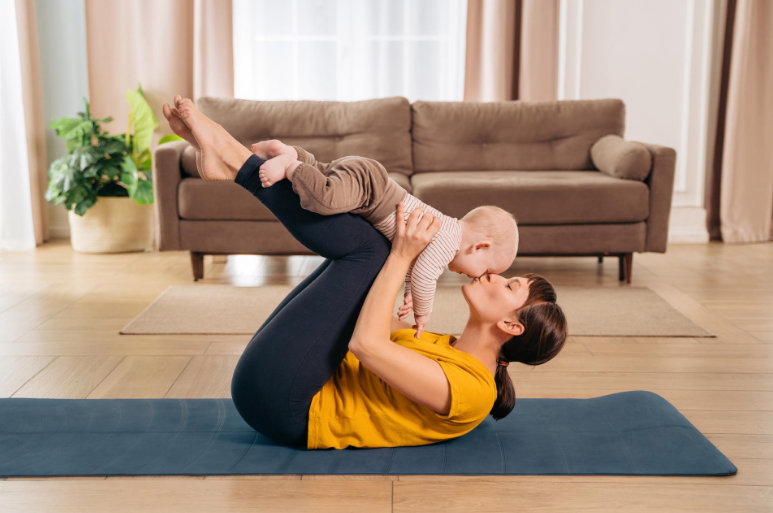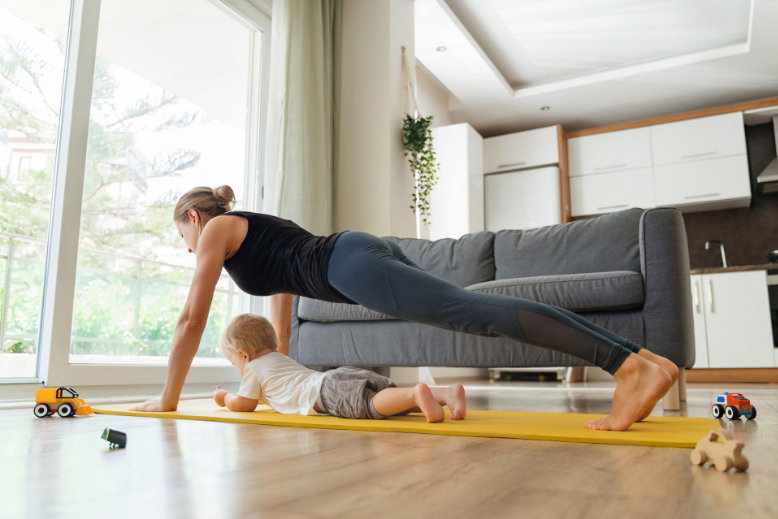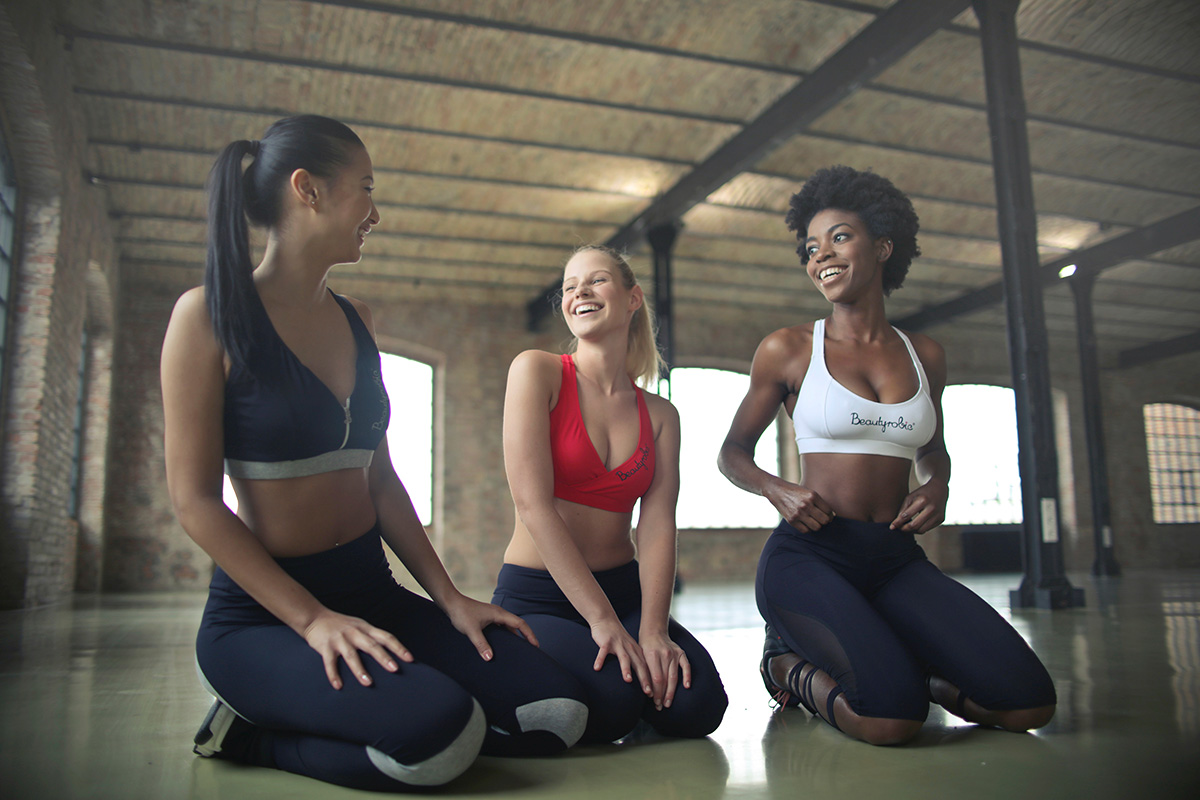You may be thinking about postnatal exercise, perhaps you’ve had your baby, or you are pregnant and considering what it is. In this article, we help you to understand Postnatal Exercise and the next steps.

Postnatal exercise and why you need it
If you are reading this article, then it is likely you are interested in postnatal exercise and why you need it. Perhaps you have just had your baby, or you are close to full term. We will provide some reasons new mums choose our Postnatal recovery progressive six-week course, what they get from it, and how it helps them.
Let’s start by understanding what is meant by postnatal care.
What is the meaning of postnatal care?
University College London describes this as 6-8 weeks after labour and birth; however, you are classed as postnatal forever, and the 6-8 weeks marks a rough guide to wanting to return to movement. Postnatal care is the continuation of care that considers the patient's specific and individual needs.
What are the best workouts postnatal?
The best exercises postnatal are those which focus on the areas of change; the core, posture and functional fitness, i.e fitness that helps you in your daily activities. Therefore, the best type of exercises are those which help improve your strength and support your body with daily tasks such as lifting and carrying. We also focus on pelvic floor
muscles/health and how this can be optimised so that you can enjoy life without symptoms such as incontinence, pain and discomfort.
Why is functional postnatal exercise best?
It is the best form of exercise because it means that you do not overwork yourself too soon, and it provides strength and stability through your core and the mechanical functions, neatly aligned with managing a newborn. Functional strength will help you perform tasks like lifting and carrying your baby, changing etc.
Why do you need postnatal exercise?
Many find great benefit from working with a specialised, qualified trainer. It offers step by step support, reassurance and ensures effective measures are followed, enabling a more enjoyable return to exercises without fear or worry. Postnatal exercise focuses on:
Back pain
Muscles are stretched and shortened during pregnancy and often not in equal or balanced ways, so back pain and muscle weakness are common postnatal conditions.
Pelvic floor
It is important to work on your pelvic floor with a view to improving its condition post birth. This can impact immediately and in later life, so it is very important to do what you can to tone, strengthen and relax your pelvic floor (yes relaxation is equally as important!). We cover this in the programme.
Posture
This is naturally affected during pregnancy as the body stretches and makes space for baby. This creates change to the centre and can alter our posture and positioning. Getting comfortable can be a challenge, whether that be sitting , standing or laying down to rest and sleep. Postnatal posture helps us to address and correct our bodies, bringing the musculoskeletal form back to an improved balance.
Muscle strength
Muscles support us and lifting correctly can help protect the back by using the larger muscles for stability. Our course helps you to better activate, strengthen and stabilise through your major muscles. Core exercise is also essential, so if you are looking to get a mat, or hand weights, Mirafit has an extensive range of conditioning equipment.
Functional fitness
We mentioned this earlier, providing functional fitness means building on common movements that we use with our new babies to build resilience and avoid injury. Functional fitness allows us to perform tasks without tiring as quickly.
Clear benefits of postnatal exercise
- Reduced chance of injury
- Reduced back pain
- The pelvic floor can be improved
- Energy levels increased by improving metabolic rate
- General health is improved
- Meet others locally who are at the same stage in life
- A supportive network

Summary
Carrying on with exercise after the postnatal phase will continue to benefit your general health. But, if you are still in two minds, then we hope that this article has at least made you stop and consider exercise in your postnatal phase. It is important for you and the baby that this is done correctly.
I hope to see you soon, but if you want to ask any questions or find out more, then get in touch.
Thank you, Debbie
